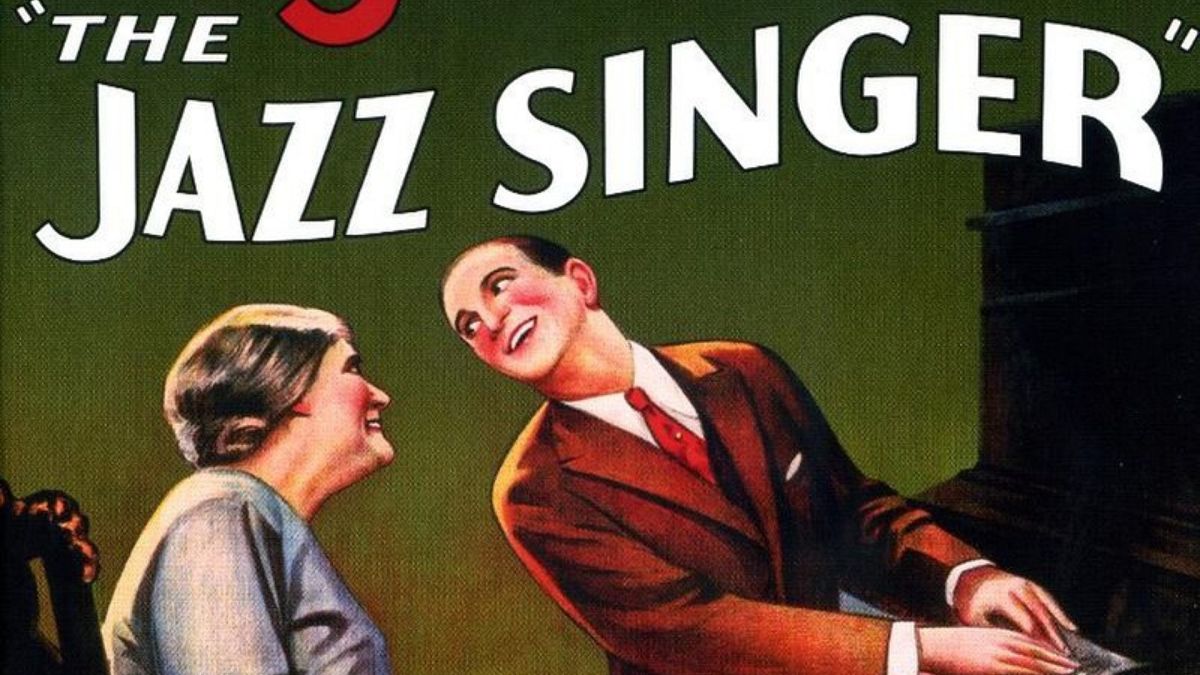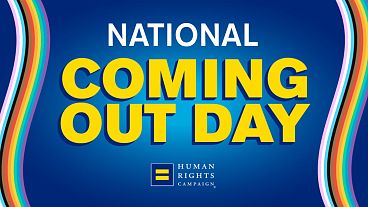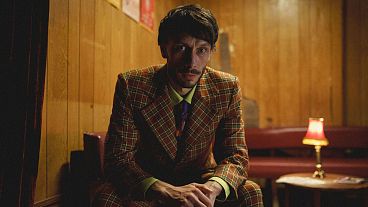6 October 1927: The Jazz Singer is released
On this day in 1927, cinema audiences sat down to watch something that had never happened before. Over the next hour and a half, audiences saw the first ever film with both recorded music and lip-synced singing and speaking. The silent era of film was over.
Directed by Alan Crosland and starring Al Jolson in the leading role, The Jazz Singer was a revolution of cinema. It tells the story of Jakie Rabinowitz, a young Jewish man who is torn between the religious upbringing of his family and his career ambitions as a jazz singer.
The big revolutionary moment happens around 15 minutes in. After already enjoying a few songs, Jolson’s character speaks to a crowded audience after a performance. The immortal lines: “Wait a minute, wait a minute, you ain’t heard nothing yet,” ushered in a revolution.
Short films had already synchronised recorded dialogue, but this was the first full-length feature to do it. In total, The Jazz Singer only actually features around two minutes of dialogue with the rest handled by the traditional caption cards. But the influence is clear. Besides stylistic rarities like the Oscar-winning 2011 ode to the silent era The Artist, caption cards would be relegated to the past. From The Jazz Singer onwards, talkies were the way of the future.
Looking back at The Jazz Singer, it’s also an intriguing relic of its time. In many ways it was an incredibly progressive film but in others, it’s a stark reminder of the divisions of early 20th century society.
Released in 1927, The Jazz Singer was the first talkie in a short but important window of cinema history. In 1934, the Hays Code was established as a set of morality guidelines to censor things like profanity, nudity, miscegenation and homosexuality. The Code stood until 1968.
The pre-code Hollywood era, between 1927 and 1934 therefore contains some fascinating examples of early films that feature themes that would seem unusual from so long ago. Violent gangster films like Scarface; queer characters appeared in films like Queen Christina; and anti-capitalism films like Cabin in the Cotton all thrived in the era.
In this regard, The Jazz Singer was unique compared to the films that followed under the Hays Code in the way it represented Jewish life on screen. Al Jolson’s character engaged meaningfully in Jewish traditions with the sacred Yom Kippur service featuring as one of the first scenes.
However, where The Jazz Singer hasn’t aged as well is in its representation of blackface. When Jolson’s Jakie Rabinowitz (renamed as Jack Robin) becomes the titular jazz singer, it is as a performer in a minstrel act. At the time of its release, these blackface acts were very popular and go unchallenged throughout the film.
While some more generous critics have argued that the film’s use of blackface is there to represent the split personality choices that Jolson’s character must make, to a modern day audience it is a sobering theme to run through such a revolutionary piece of cinema.



